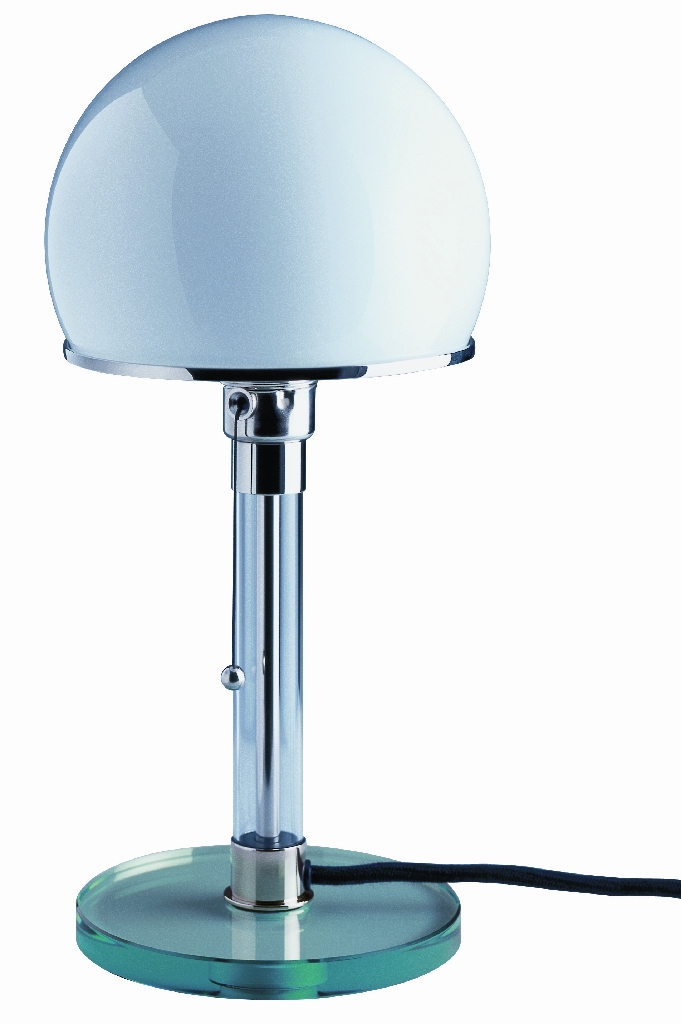Bauhaus | Designer | Producer | Tecnolumen
With over 100 members of the public getting in touch and 59 fake Wilhelm Wagenfeld WG 24 lamps being exchanged for licensed originals, Bremen based manufacturer Tecnolumen have declared themselves very satisfied with their recent "No Fake" promotion.
Not least because they sense an increased and increasing awareness amongst consumers as to the problems associated with unlicensed copies; especially in association with Bauhaus era products
Among the more interesting points made by the company in their post promotion press release is that the majority of those who got in touch said they had unwittingly bought a fake.
Without wanting to accuse anyone of lying, if you know a lamp would normally cost around Euro 400, and then you buy one for Euro 99.
Don't tell us you didn't smell anything fishy.
And certainly all those who admitted knowingly buying a copy told Tecnolumen they did so because the copy was cheaper.
Which for us tends to point towards an industry that needs to do more to explain why the products cost what they cost.
In the past we've written about the quality and safety issues than can arise when you invest in cheap copies. But what's often less understood among consumers is that much contemporary and designer furniture isn't mass produced in factories employing thousands of workers chained to conveyor belts.
It's often produced in small, specialist workshops.
Last year, for example, we spoke to one European manufacturer who told us that if a product sells less than 20 pieces per year it is taken out of their collection.
Twenty. A year. That is not an operation that is optimised towards large scale 24 hour production.
Or on our recent visit to the Müller Möbelwerkstatt factory in Augsburg we met a small team producing each unit to order by hand. That's the quality and guarantee you are paying for.
In the past designer furniture manufacturers have often staged media friendly events involving crushing pirated copies of their products, or have invested thousands sending out press releases explaining that they have won a court decision that protects their rights.
The effect of such actions can however only be limited. As those who come into contact with them still don't understand why they should buy the more expensive licensed originals
Why not instead concentrate on preventing the purchase of copies in the first place through being more open and transparent about where and how the products are produced. And so why they cost what they cost.
In doing so you don't destroy the magic behind the product, rather increase the value of the product through association with quality, qualified production.
OK one should at the same also appeal for a more open debate about the level of licensing fees paid for designs over 50 years old in comparison to those paid for new works, but we appreciate that for reasons of "commercial sensitivity" such is unlikely. If in our opinion desirable.
Such an approach wouldn't completely solve the problems as we still have the appalling lifestyle magazines and their depiction of quality as something visual: It looks like something high quality if must be something high quality. A situation that fires the plagiarism industry.
But it would be start in a positive, new direction......
